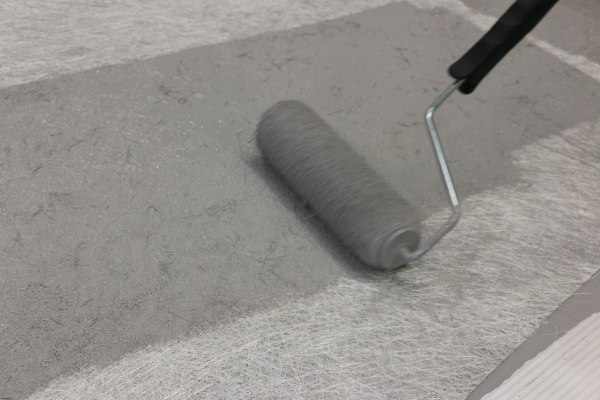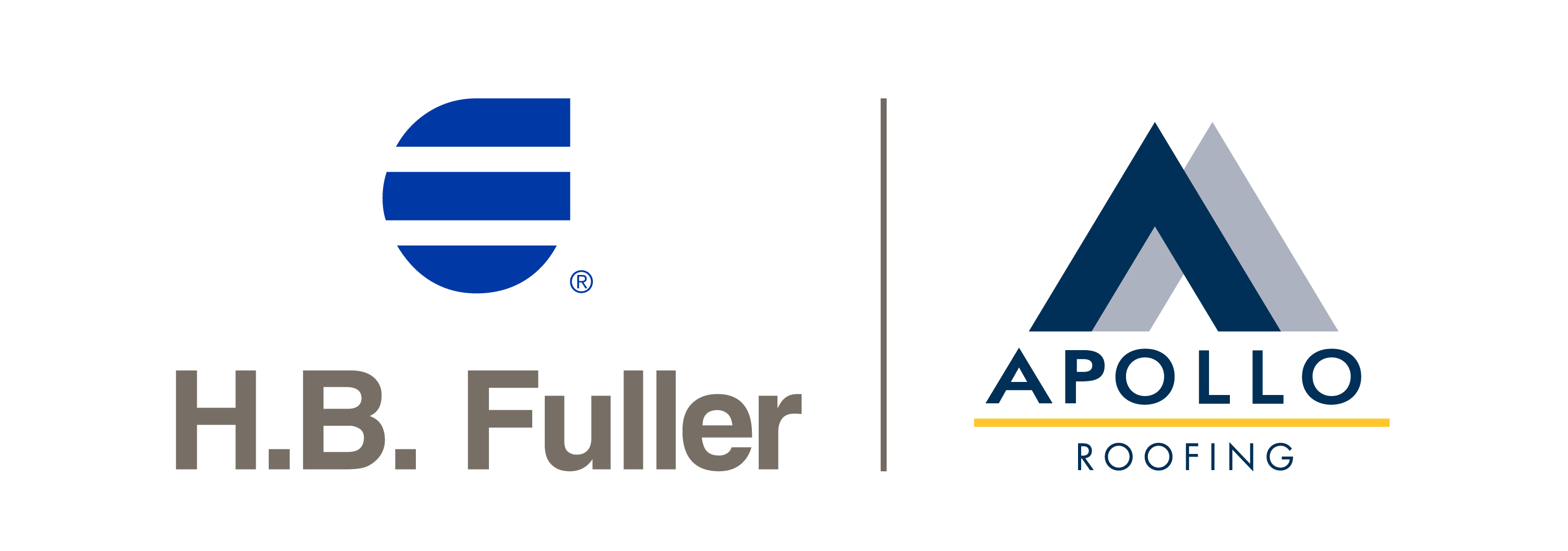New Diisocyanate Regulations
Published: 02 July 2021
Updated: 02 July 2021
New REACH labelling and training regulations are to be introduced for Diisocyanates. Here James Follows, Compliance Manager, explains what Diisocyanates are, where they are used and what the regulations mean.

New REACH labelling and training regulations are to be introduced for Diisocyanates, which are chemical building blocks for polyurethane products, including foam products and roofing adhesives. Labelling regulations are to be implemented by February 2022 and training regulations by August 2023. The regulations impact professional and industrial users.
Here James Follows, Compliance Manager at Apollo Roofing, explains what Diisocyanates are, where they are used and what the regulations mean. James is also the UK BASA (British Adhesive & Sealants Association) representative for the ‘PU Training Implementation Task Force’ with FEICA (European Association of Adhesives & Sealants).
What are Diisocyanates?
Diisocyanates are a family of chemical building blocks mainly used to create polyurethanes. These chemical building blocks are reacted with polyols to form a polyurethane e.g. polyurethane foam or moisture-curing polyurethane adhesives and two-component polyurethane adhesives.
Where are polyurethanes used?
Polyurethanes have a long reliable and safe history; they are used in many products, not just in the construction sector, e.g. insulation foam, coatings and adhesives. In fact, many household goods contain polyurethanes, including the sofa we sit on, as well as the sponges we use to clean.

Benefits of polyurethanes?
Polyurethanes are capable of withstanding extreme conditions and temperatures, and currently, there are no commercially viable alternatives.
If we take the example of roofing insulation, it needs rigid strength and durability, combined with insulating properties. Polyurethane waterproofing, along with adhesives used to bond insulation and membrane are used due to their reliable strength and excellent weathering properties.
In short, the world would be a very different place without polyurethanes. The creations we often take for granted would not exist.
Are polyurethanes safe? If so, why are new regulations being introduced?
As we have already highlighted, polyurethanes exist all around us and have been used safely across the globe for many years. The use of polyurethanes is safe when they are handled according to relevant risk management and safety measures.
Diisocyanates (chemical building blocks of polyurethanes) are known skin irritants and sensitisers, eye irritants and respiratory sensitisers, which is why a new regulation to enhance the safety measures for industrial and professional users is being introduced.
Examples of use and risk are highlighted below:
When Diisocyanates fully react with polyols, the final products are devoid of hazard and risks. e.g. polyurethane foam.
In other products the Diisocyanates are partially reacted. The hazards and risks are still associated with these products e.g. moisture-curing polyurethane adhesives and moisture-curing polyurethane waterproofing. When the moisture-curing polyurethane adhesive is fully cured, the final adhesive is devoid of hazard and risks.
In some cases, the Diisocyanate is used as a curing agent for a two-component polyurethane product. The hazards and risks are still associated with these products. e.g. two-component polyurethane adhesives. When the two-component polyurethane adhesive is fully cured, the final adhesive is devoid of hazard and risks.
However, as highlighted, polyurethane products, including adhesives and coatings, which contain Diisocyanate, have been used safely for a long time. As with any product containing a CLP label, appropriate and correct use is essential to maximise product performance and safety.
What does the Diisocyanate regulation comprise of?
The Diisocyanate regulation is a REACH Regulation, which was published in the Official Journal of the European Union on 4th August 2020. It addresses industrial and professional use, targeting unsafe handling, whilst allowing adhesives and sealants to remain widely available. The regulation does not impact the DIY market.
The information below has been taken from FEICA slides following their webinar on 26th May 2021:
Product Labelling
Products sold within the EU and UK with a total monomeric Diisocyanate concentration greater than 0.1% intended for professional or industrial use must have the statement below on the product container label by 24th February 2022:
'As from 24th August 2023, adequate training is required before industrial or professional use of this product’.
This sentence should be visibly distinct from the rest of the label information.
Apollo’s polyurethane products contain Diisocyanate levels above 0.1%, which means they will require the new REACH statement e.g. moisture-curing polyurethane adhesives and two-component polyurethane adhesives.
Your Branded Products: If you take a product with a general health and safety label, you will see the statement above on the label by 24th February 2022. If you take a fully branded label/pre-printed packaging, your account manager or Apollo Marketing will be in touch with you to discuss the amendments required to your labels/packaging.
Training
The deadline to start implement training for employers and self-employed (industrial and professional use) has been set as 24th August 2023.
Please see our new blog article for an update on the training requirements: New Diisocyanate Regulations – Training Update
Sign up to our newsletter to get our blogs delivered straight to your inbox
This form is protected by reCAPTCHA and the Google Privacy Policy and Terms of Service apply.






